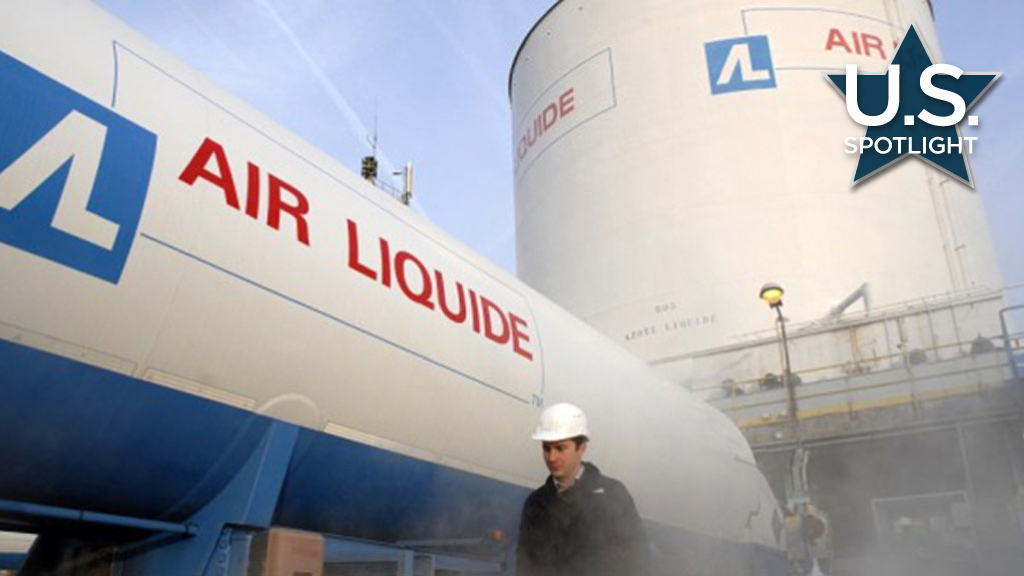No state in the Union comes close to the overall energy production of Texas.
“Texas leads the nation in energy production, providing nearly one-fourth of the country’s domestically produced energy,” says the U.S. Energy Information Administration (EIA).
Texas is famous for oil. It produces more than twice as many barrels than New Mexico, the next closest state. What is less well-known is the state’s number one ranking as a producer of renewable energy.
According to EIA data, Texas generates nearly 27 per cent of the country’s electricity by wind, nearly three times as much as the next state. Since 2021, more solar capacity has been installed in Texas than across the remainder of the country. By year-end 2024, energy storage capacity will also be more than any other state.
There’s increasing talk of hydrogen as the clean energy source of the future and Texas wants to make its presence felt. If recent announcements are any indication, Texas could soon be home to the largest hydrogen energy developments in the United States.
One such promising announcement comes from Washington.
The U.S. Department of Energy recently selected a consortium headed by the Center for Houston’s Future and Illinois-based research organization GTI Energy for a proposed hydrogen hub along the Gulf Coast. Big name partners include AES, Air Liquide, Chevron, Exxon Mobil, Mitsubishi Power Americas, and Orsted and Sempra Infrastructure. This is one of seven regional hubs selected to receive $7 billion in Bipartisan Infrastructure Law funding to accelerate the domestic market for low-cost, clean hydrogen.
The consortium goes by the name HyVelocity. Up to $1.2 billion in federal funding has been promised. Plans include both green and blue hydrogen production, salt cavern hydrogen storage and a large open-access hydrogen pipeline with fuelling stations on routes between Houston, Dallas and San Antonio.
HyVelocity is expected to create as many as 45,000 new jobs; 35,000 in construction and 10,000 permanent positions, the White House announcement says.
The project is ambitious and joins other major announcements made over past months that suggest Texas could be a national hydrogen leader.
Green Hydrogen International (GHI), in partnership with Japanese oil and gas exploration company INPEX, is developing the $12 billion Hydrogen City project, with a 120-mile pipeline terminating in Corpus Christi. The project will produce green hydrogen and green ammonia to meet future demands for the Asian and global markets.
“Phase 1 of the Hydrogen City project, expected to be commercially operating by 2029, plans to produce 280,000 tons per year of green hydrogen, which will be used to produce one million tons per year of green ammonia for export,” according to a media release.
Future expansion will occur as customer demand grows.
Houston is often seen as the logical location for hydrogen development, given its proximity to the expertise offered by traditional oil and gas producers headquartered there. However, the availability of land and proximity to an ocean facility were driving factors behind the selection of Hydrogen City’s Corpus Christi terminus.
Although hydrogen may be years from being a mainstream source of energy, the fuel is being increasingly used to power machinery, industrial equipment and large transportation vehicles like trucks and trains. This increased attention is leading oil and gas producers to see hydrogen as an important investment diversifier and potentially a market for their natural gas.
However, hydrogen production processes using natural gas, essentially methane, means CO2 emissions are released back into the atmosphere. That’s called “dirty hydrogen.”
Although it’s possible to capture up to 95 per cent of that CO2 to produce what is called “blue hydrogen,” the process costs more.
The ideal fuel is “green hydrogen.” That process uses electricity generated from renewable energy and produces no carbon emissions. However, it is currently very expensive and therefore has limited production. Yet given that Texas leads the country in the production of wind and solar powered energy, a path forward for the development of green hydrogen production may lie close at hand.
Equally promising is that oil and gas producers are now finding large deposits of hydrogen where drilling rigs stood for over a century.
For example, French-based Air Liquide currently operates the world’s largest hydrogen storage cavern in Spindletop, Texas, where early 20th century drilling rigs launched petroleum giants like Texaco, Mobil and Gulf Oil. Instead of millions of barrels of oil, the cavern holds 4.5 billion cubic feet of high-pressure hydrogen.
Texas is well-positioned to be a hydrogen leader. However, the exact nature of the industry is not yet clear.











Recent Comments